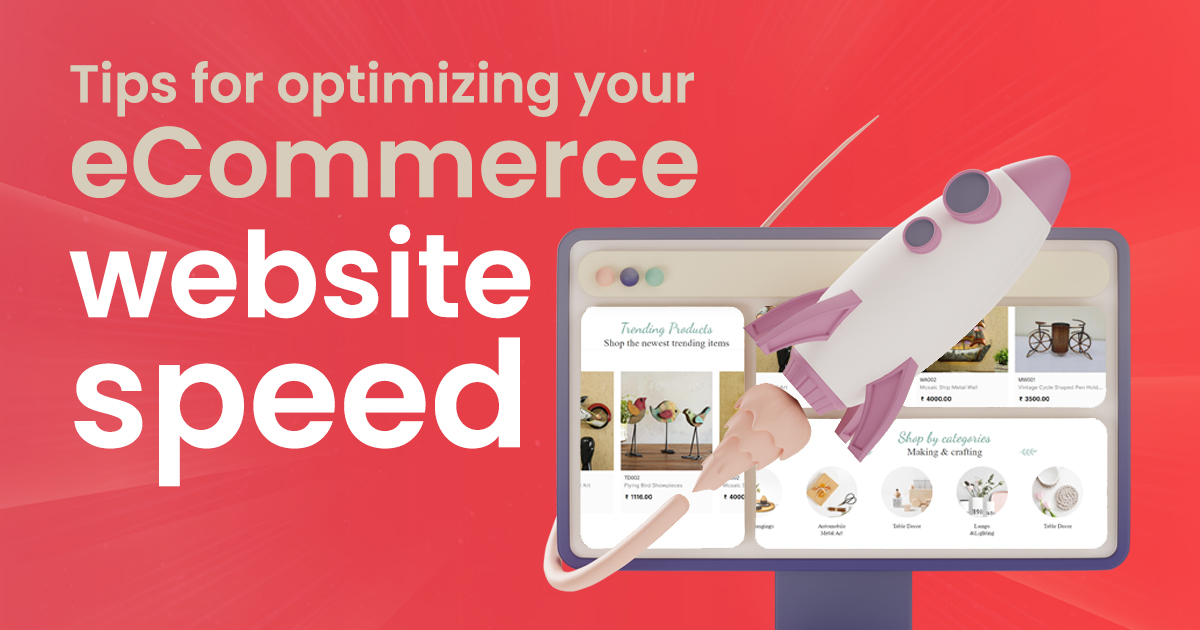Tips for optimizing your eCommerce site speed

In the fast-paced world of eCommerce, speed is everything. From page load times to checkout processes, a slow website can be the difference between making a sale and losing a customer. In fact, research has shown that even a one-second delay in page load time can lead to a 7% reduction in conversions. Therefore, it’s essential to optimize your eCommerce site speed to ensure you provide the best possible user experience for your customers.
Here are some tips to get you started.
1. Optimize your images
Images play a crucial role in eCommerce, but they can also significantly slow down your website if not optimized correctly. To optimize your images, compress them to reduce their file size without compromising on quality. You can use image compression tools or plugins to automate this process. Additionally, use the appropriate image format for each type of image. For example, use JPEG for photos and PNG for graphics and logos.
2. Minimize HTTP requests
Each time a user requests a page on your website, the browser sends an HTTP request for each element on that page, including images, scripts, and stylesheets. The more requests your website has to make, the longer it takes to load. To minimize HTTP requests, combine all your CSS and JavaScript files into one file each and reduce the number of images on your pages.
3. Use a content delivery network (CDN)
A CDN is a network of servers located around the world that caches your website’s content and delivers it from the closest server to the user’s location. Using a CDN can significantly reduce the time it takes for your website to load, particularly for users who are geographically far away from your web server.
4. Optimize your code
Optimizing your code involves making sure it’s clean and concise, with no unnecessary whitespace, comments, or code. Minify your CSS and JavaScript files to remove any extra spaces, comments, and line breaks, reducing the file size and improving load times.
5. Use caching
Caching is the process of storing frequently accessed data in a temporary storage area. When a user requests that data, it can be quickly retrieved from the cache instead of being generated from scratch. Use caching plugins or modules to cache static content like images, CSS, and JavaScript files.
6. Choose the right web hosting
The type of web hosting you choose can have a significant impact on your website’s speed. Shared hosting can be slow, particularly if other websites on the server use a lot of resources. On the other hand, dedicated hosting can be expensive. Choose a hosting plan that suits your needs and budget.
7. Monitor your site speed regularly
Regularly monitoring your website’s speed allows you to identify any issues before they become significant problems. Use tools like Google’s PageSpeed Insights or GTmetrix to analyze your website’s speed and get recommendations on how to improve it.
Conclusion
Optimizing your eCommerce site speed is crucial for providing a positive user experience and improving your website’s conversions. By following these tips, you can significantly reduce your website’s load times and provide a fast and responsive website for your customers.
Subscribe to our Blog
Read our newly created blogs delivered straight to your inbox.


